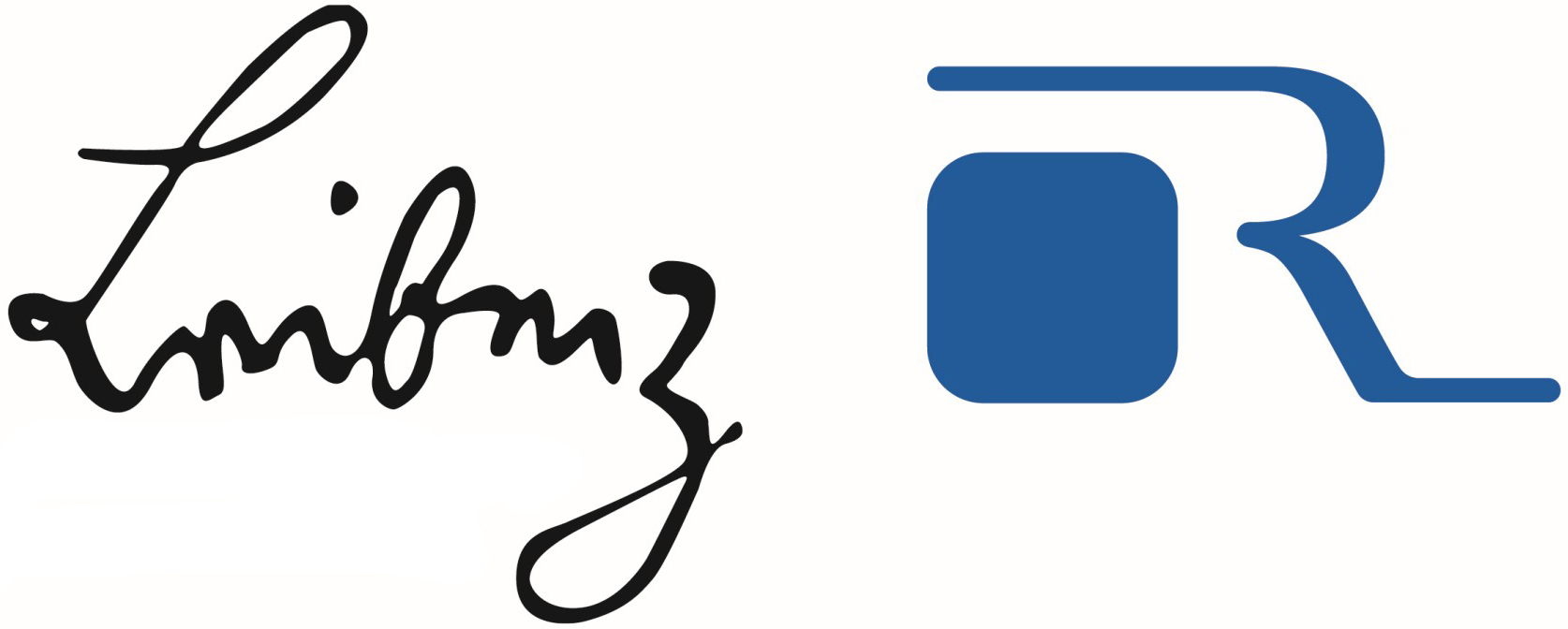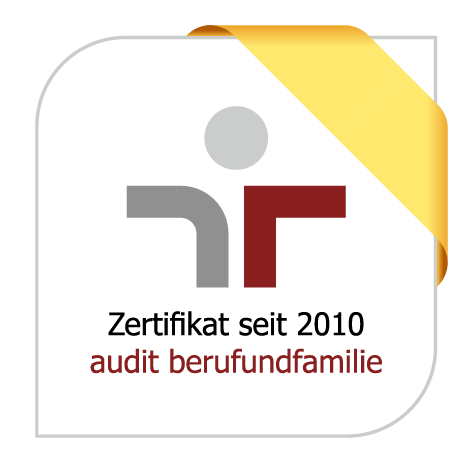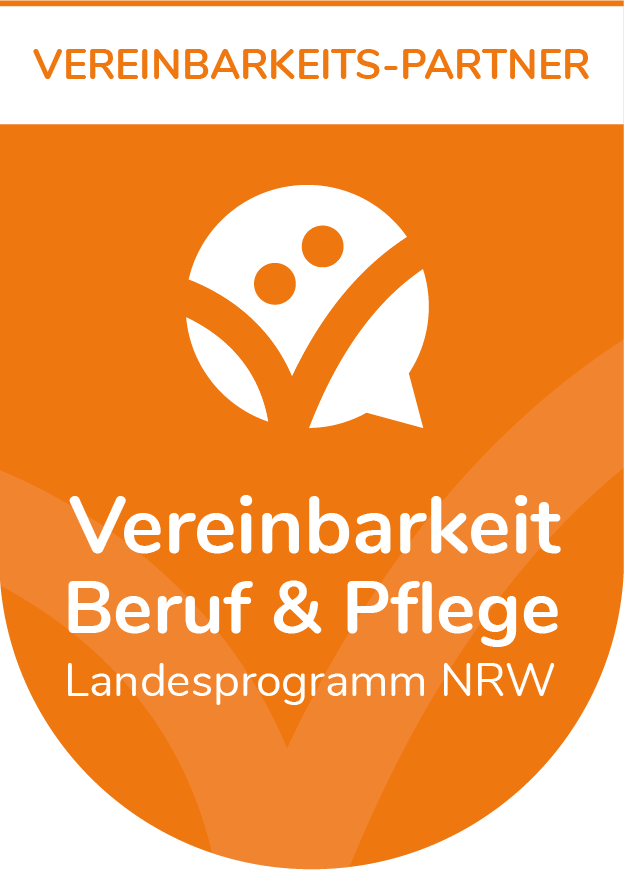Research projects
| Client: | Ministry of Economics, Innovation, Digitisation and Energy of the State of North Rhine-Westphalia (MWIDE NRW) using funding from the European Regional Development Fund (ERDF) 2014-2020 |
| Partner(s): | Wuppertal Institute for Climate, Environment and Energy gGmbH; Nahverkehr Rheinland (NVR) GmbH; University of Wuppertal |
| Time frame: | 09/2019 – 09/2022 |


The project uses the example of the Cologne urban region to investigate how mobility hubs can successfully be implemented in a region serving as interfaces in order to strengthen intermodality in regional transport on the one hand and reduce car dependency in the region on the other. The project is intended to contribute to climate protection and to a turnaround in transport and to strengthen regional innovation and competitiveness. The project experiences lead to recommendations that are transferable to other comparable urban regions in NRW and Germany. The central project tasks of the ILS are as follows:
- 1. Data analysis and development of a regional commuter typology: A regional commuter typology should serve to identify areas that are particularly suitable for mobility hubs. This will include analyses of current commuter networks, existing mobility offers and accessibility by various means of transport, as well as an evaluation of general user acceptance of new mobility offers.
- 2. Estimation of the basic potential for a modal shift: The aim is to estimate how many of the daily trips that are currently made in the region with one's own car could be replaced by the means of transport of the environmental alliance or new mobility offers in conjunction with mobility hubs. The central result is a spatially differentiated, quantitative assessment of this modal shift potential, which will serve as a basis for discussion and decision-making in the further course of the project.
- 3. Non-user analysis – Survey of car users: The aim is to obtain empirical findings on obstacles to the use of mobility services offered by mobility hubs. The survey results provide important insights for target group-oriented communication in the project context and, in conjunction with the follow-up survey, are also the basis for an impact evaluation.
- 4. Network extension by additional mobility hubs of level 3: For a network extension of the currently existing (conceptual) network of mobility hubs of levels 1 and 2, about 200 potential mobility hubs are examined with regard to their suitability for embedding in a regional overall concept.
- 5. Quantitative impact evaluation: Finally, answers are to be found to the questions of what actual benefits and the associated traffic effects mobility hubs have and how user acceptance for services offered by mobility hubs might be evaluated.
This project funded is by the European Regional Development Fund (ERDF).
Project leader:
- Dr. Thomas Klinger
Phone: +49 (0) 231 9051-264
E-Mail: thomas.klinger@ils-research.de
Project team:
- Jan Garde
- Carolina Krome
[« back]





